Introduction
Norse mythology and the Vikings are among the most fascinating topics in history and literature. These stories, which originated in Scandinavia, are a blend of gods, heroes, and monsters that offer insight into the beliefs, culture, and values of the people who created them. In this article, we’ll explore the myths and legends of Norse mythology, the role of the Vikings in their creation, and the enduring legacy of these tales.
Origins of Norse Mythology
The mythology of the Norse people developed over a long period of time, with influences from various cultures and religions. The Vikings, who were the seafaring warriors from Scandinavia, played a significant role in shaping this mythology. They traveled extensively and encountered other cultures, including the Celts and the Germans, and exchanged stories, beliefs, and practices with them.
The Norse mythology that we know today originated from the stories that were passed down orally from generation to generation. These stories were eventually written down in the form of sagas and poems, many of which have survived to this day. The two most important sources of Norse mythology are the Prose Edda, which was written by the Icelandic scholar Snorri Sturluson in the 13th century, and the Poetic Edda, a collection of poems that date back to the Viking Age.
The Gods of Norse Mythology
The gods of Norse mythology were a complex and diverse group, with each deity representing different aspects of life and nature. Some of the most prominent gods include Odin, Thor, Loki, Freyja, and Hel.
Odin was the king of the gods and the god of wisdom, war, and death. He was often depicted as an old man with a long white beard, wearing a cloak and a wide-brimmed hat. Thor, on the other hand, was the god of thunder and strength. He was the son of Odin and was often depicted as a muscular man wielding a hammer.
Loki was a trickster god who was known for his mischievous behavior. He often caused chaos and mischief among the other gods, but he was also a master of magic and transformation. Freyja was the goddess of love, fertility, and war. She was often depicted as a beautiful woman riding a chariot pulled by cats. Hel was the goddess of death and ruled over the realm of the dead, also known as Helheim.
The Heroes of Norse Mythology
The heroes of Norse mythology were mortals who had exceptional strength, courage, and skill. They were often involved in epic battles, quests, and adventures. Some of the most famous heroes include Sigurd, Beowulf, and Thorfinn Karlsefni.
Sigurd was a dragon-slayer who is the central character in the Völsunga saga. He is often depicted as a brave warrior who overcomes great obstacles to achieve his goals. Beowulf was a hero from Anglo-Saxon mythology who fought monsters and dragons. His story is told in the epic poem Beowulf, which is one of the oldest surviving works of English literature. Thorfinn Karlsefni was a Viking explorer who led an expedition to Vinland, a region in North America, in the 11th century.
The Monsters of Norse Mythology
The monsters of Norse mythology were often depicted as fierce and terrifying creatures that posed a threat to the gods and heroes. Some of the most famous monsters include Fenrir, Jörmungandr, and the giants.
Fenrir was a monstrous wolf who was the son of Loki. He was bound by the gods with a magical chain, but he broke free during Ragnarok, the end of the world. Jörmungandr was a giant sea serpent who encircled the world and was destined to fight Thor during Ragnarok. The giants were also a common adversary in Norse mythology. They were often depicted as powerful and unpredictable beings who threatened the order of the world. The most famous of these giants was probably Jotunheim, the land of the giants, which was believed to be located somewhere in the north. In Norse mythology, the giants were not always evil, and some of them even helped the gods on occasion.
The End of the World and the Afterlife
In Norse mythology, the end of the world was known as Ragnarok. It was believed that during this time, the gods and heroes would fight a final battle against the forces of evil, and the world would be destroyed. The sun and moon would be swallowed by wolves, and the sky would be filled with fire and smoke.
Despite the bleakness of this event, Norse mythology also offered the hope of an afterlife. Warriors who died in battle were believed to be taken to Valhalla, a great hall in Asgard, the realm of the gods. There, they would feast and fight every day until the end of the world.
Myths and Legends in Viking Society
Norse mythology played a significant role in Viking society. The myths and legends were not only a source of entertainment but also served as a way of explaining the natural world and human behavior. They offered moral guidance and taught the values of courage, loyalty, and honor. The gods and heroes were also used as role models, and people would often name their children after them.
In addition to their religious and cultural significance, Norse myths and legends also had practical applications. Viking warriors would often recite poems and sagas before battle to inspire themselves and intimidate their enemies. They would also use symbols and motifs from the mythology on their weapons, clothing, and ships.
The Legacy of Norse Mythology
Norse mythology has had a lasting impact on Western culture, and its influence can be seen in literature, art, music, and film. Many works of fiction, such as J.R.R. Tolkien’s “The Lord of the Rings” and George R.R. Martin’s “A Song of Ice and Fire” series, draw inspiration from Norse mythology. The imagery and symbolism of Norse mythology have also been used in heavy metal music and other forms of popular culture.
Conclusion
Norse mythology and the Vikings are an integral part of world history and culture. The myths and legends offer a glimpse into the beliefs, values, and traditions of the people who created them. They continue to fascinate and inspire people around the world, and their legacy will endure for generations to come.
Keywords:
- Norse mythology: The collection of myths and stories that originated in Scandinavia and were passed down orally from generation to generation.
- Vikings: The seafaring warriors from Scandinavia who played a significant role in shaping Norse mythology.
- Sagas: The written down stories of Norse mythology.
- Poems: A type of literature used to tell stories in Norse mythology.
- Prose Edda: The written work of Snorri Sturluson that contains important stories and information on Norse mythology.
- Poetic Edda: A collection of poems that date back to the Viking Age and contain important stories and information on Norse mythology.
- Deity: A god or goddess in Norse mythology that represents different aspects of life and nature.
- Odin: The king of the gods and the god of wisdom, war, and death.
- Thor: The god of thunder and strength and the son of Odin.
- Loki: A trickster god who was known for his mischievous behavior in Norse mythology.
- Freyja: The goddess of love, fertility, and war in Norse mythology.
- Hel: The goddess of death and ruler of the realm of the dead, Helheim, in Norse mythology.
- Heroes: Mortals in Norse mythology who had exceptional strength, courage, and skill.
- Sigurd: A dragon-slayer and central character in the Völsunga saga.
- Beowulf: A hero from Anglo-Saxon mythology who fought monsters and dragons.
- Thorfinn Karlsefni: A Viking explorer who led an expedition to Vinland, a region in North America, in the 11th century.
- Monsters: Fierce and terrifying creatures in Norse mythology that posed a threat to the gods and heroes.
- Fenrir: A monstrous wolf who was the son of Loki in Norse mythology.
- Jörmungandr: A giant sea serpent who encircled the world and was destined to fight Thor during Ragnarok in Norse mythology.
- Ragnarok: The end of the world in Norse mythology where the gods and heroes fight a final battle against the forces of evil, and the world is destroyed.
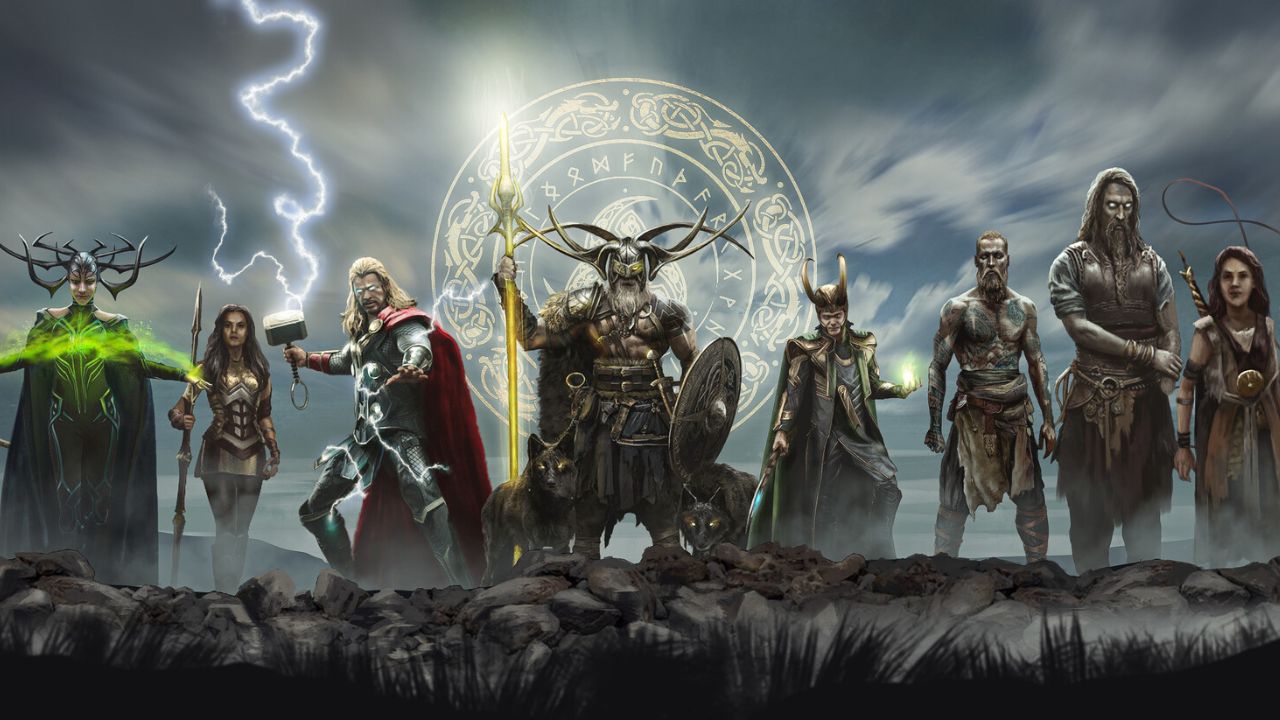

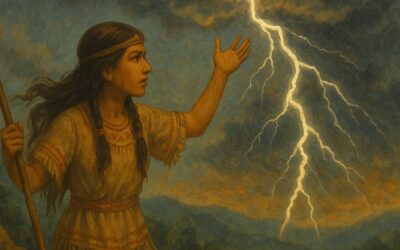
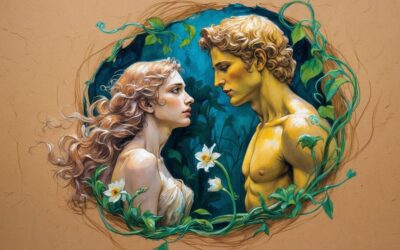



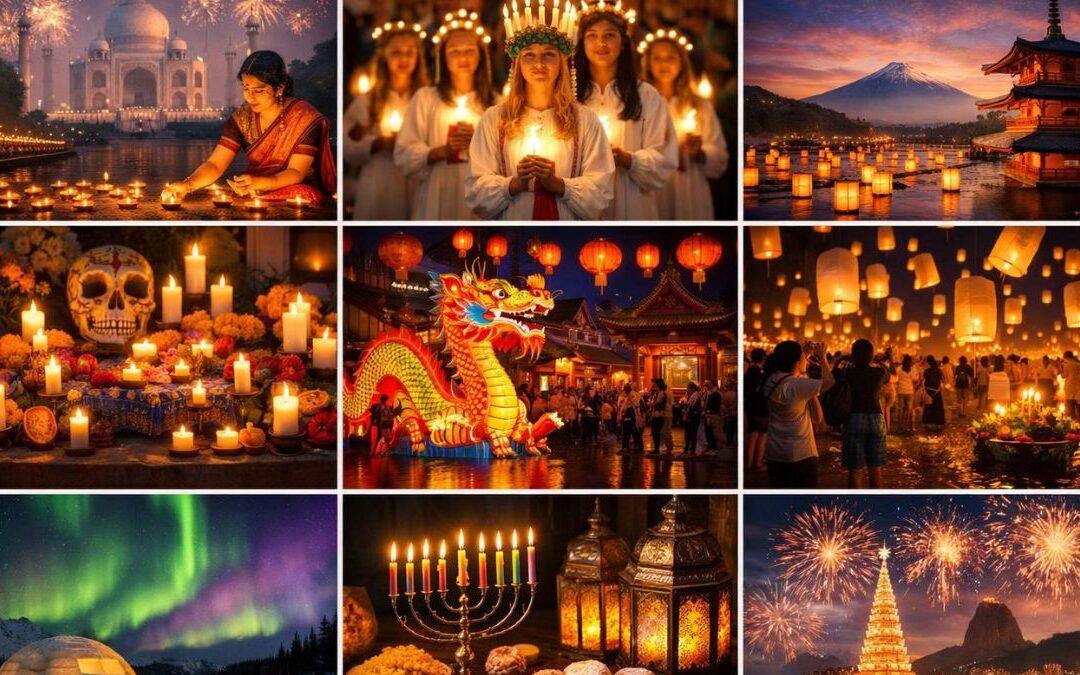
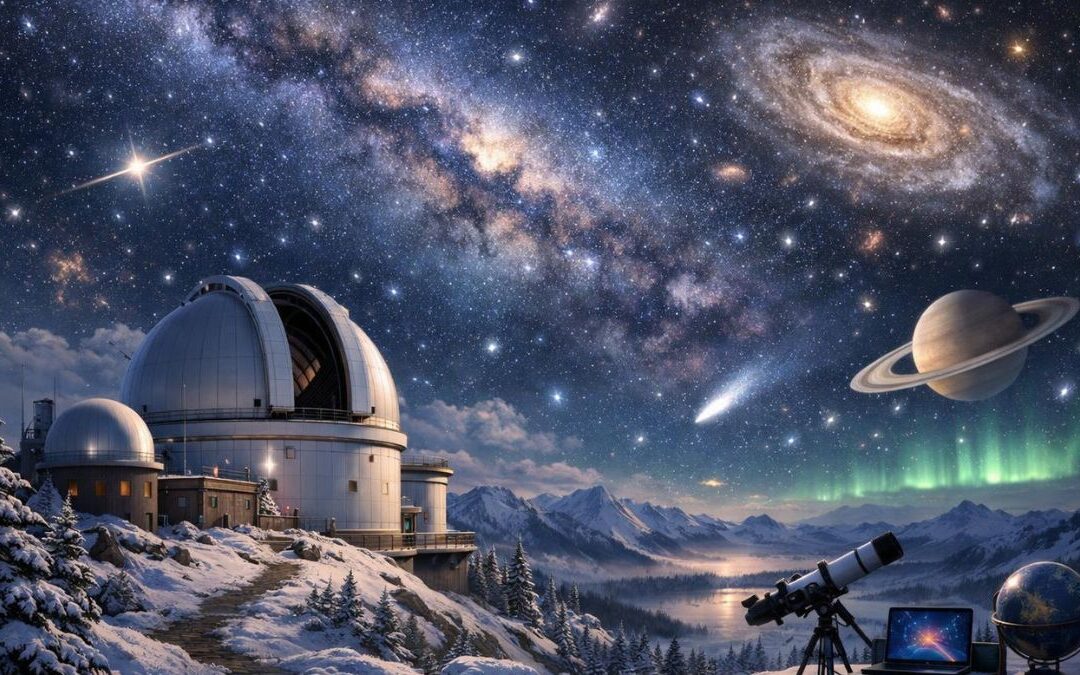


0 Comments